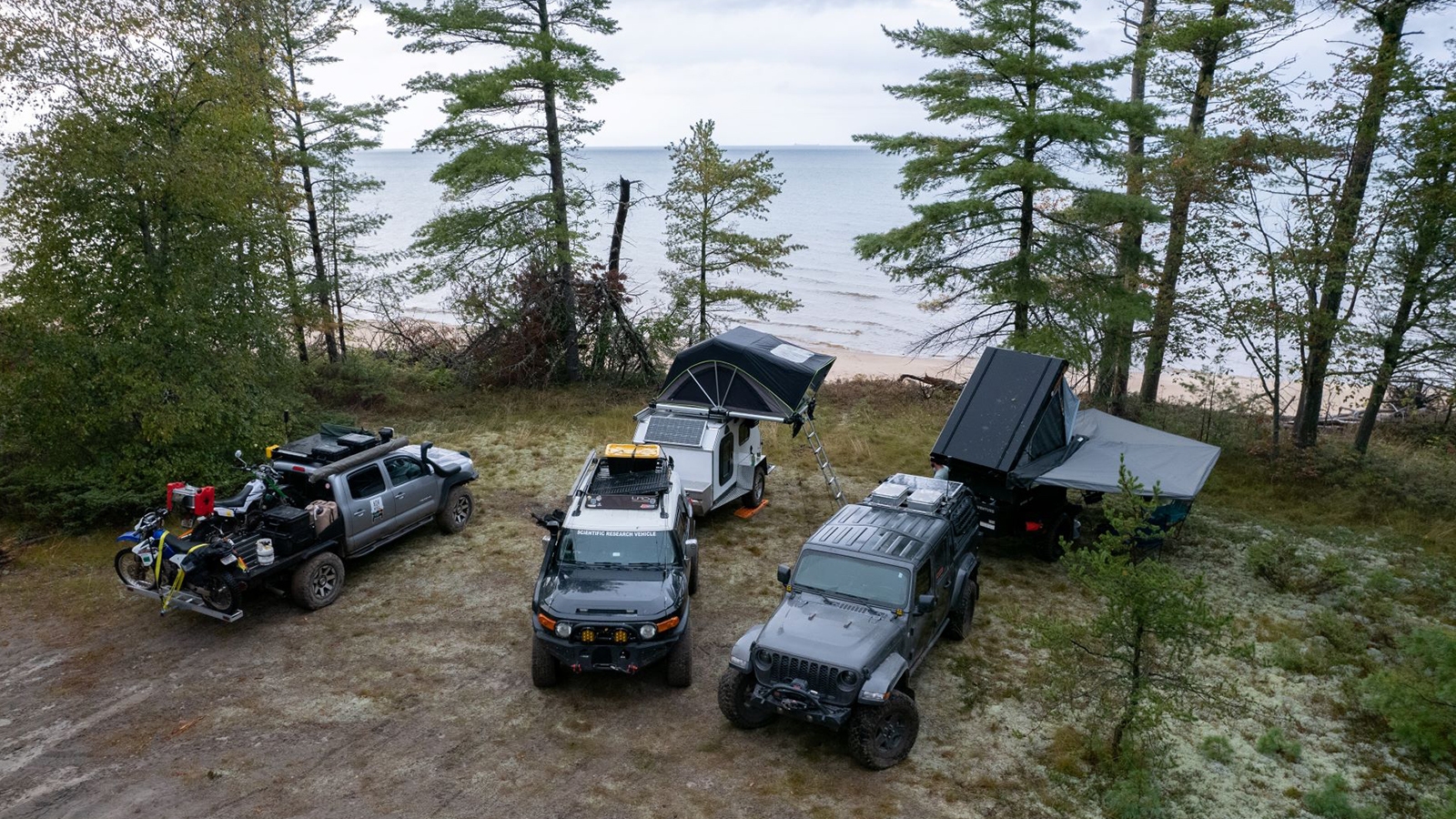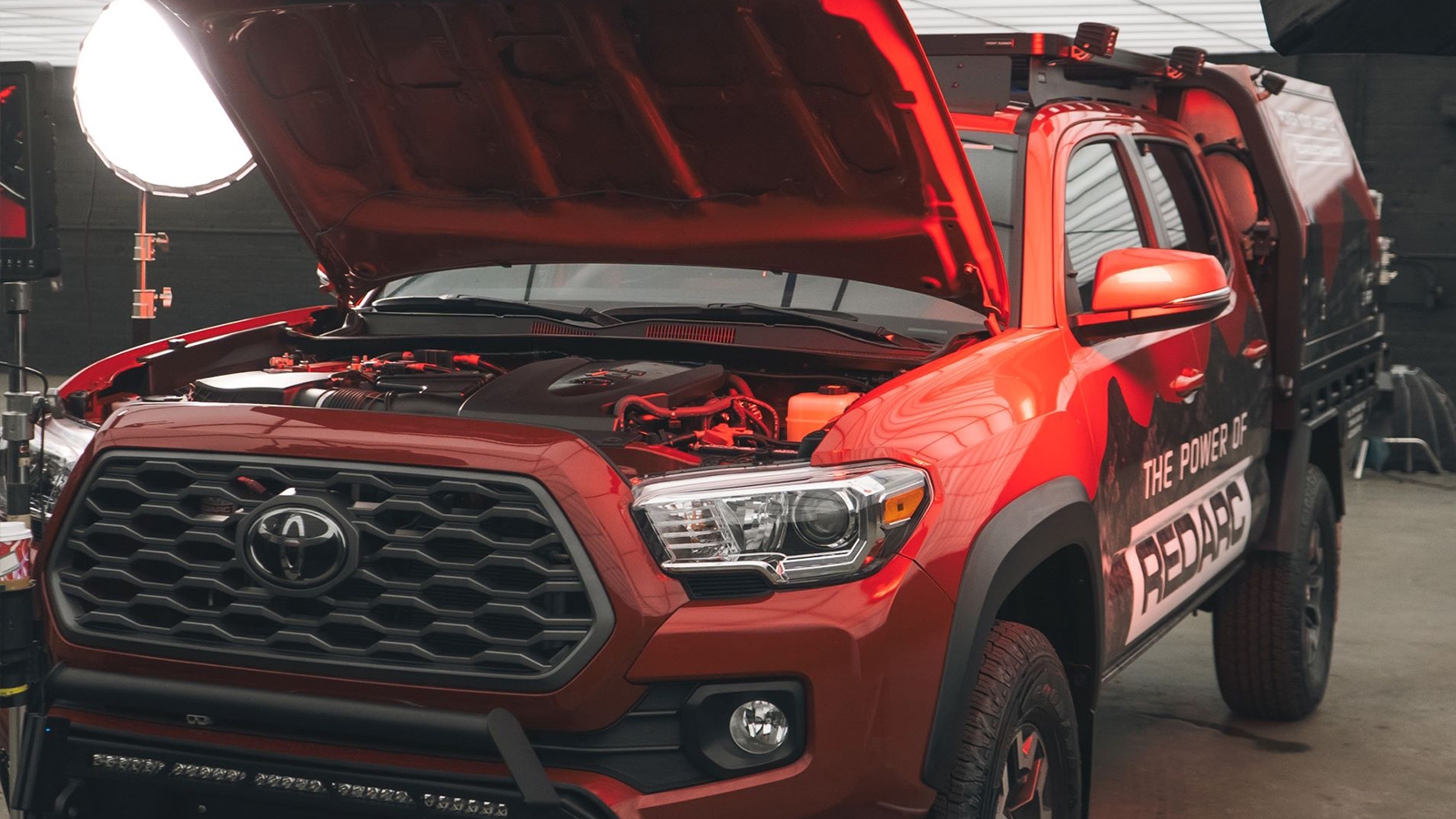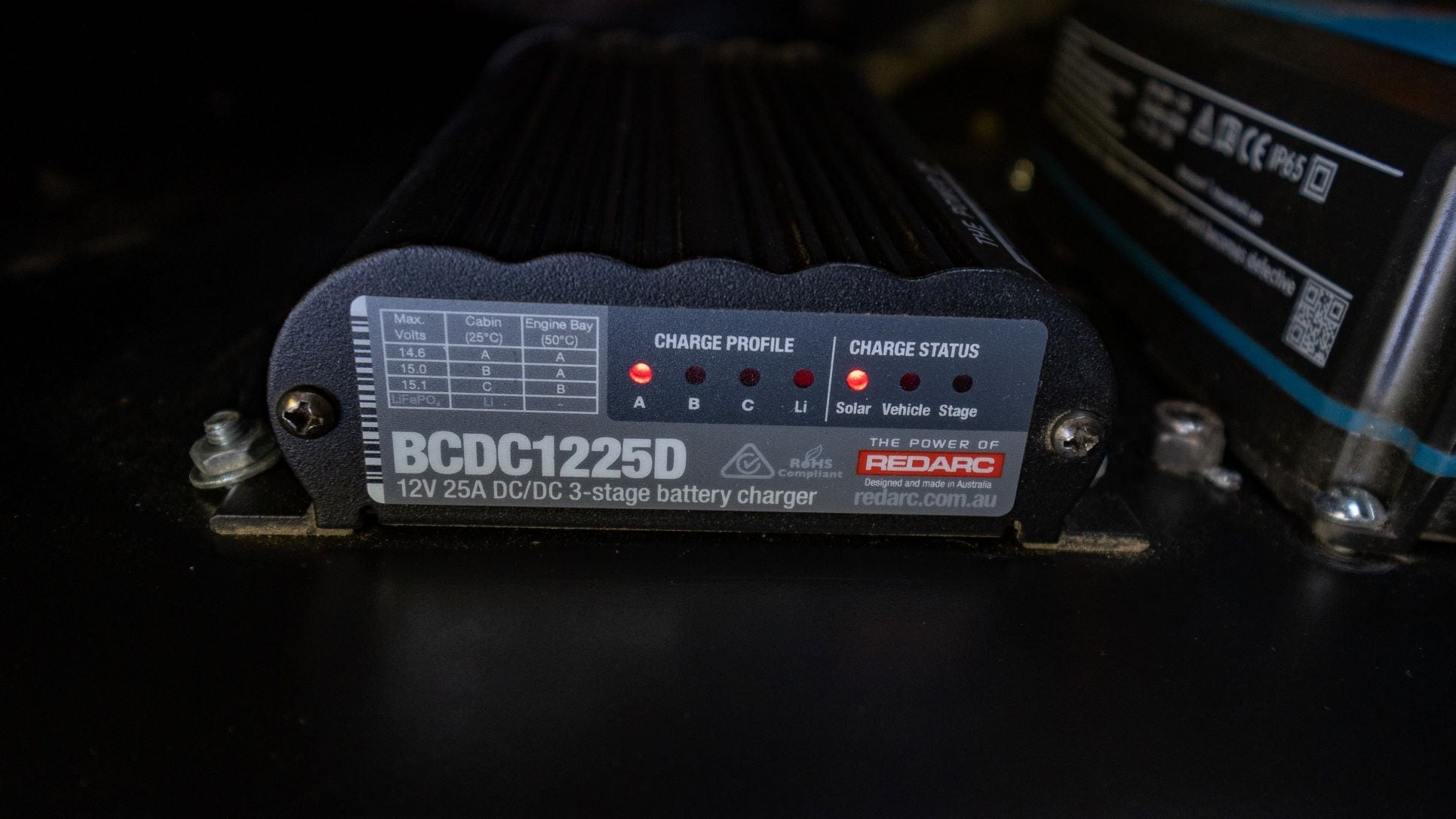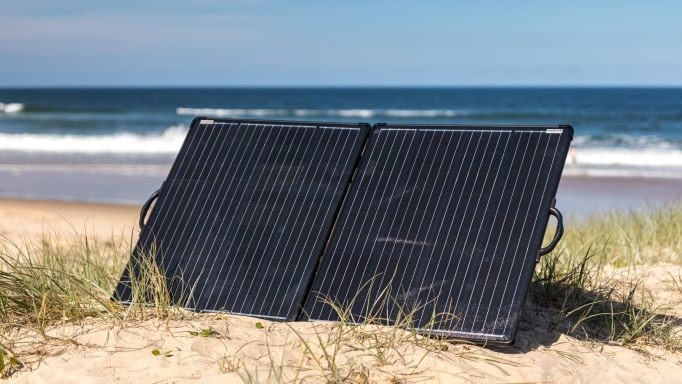We all love a camping trip. Whether it’s getting away for the weekend with the family or testing your truck out on some tough 4WD tracks. But sometimes a quick camping trip is not enough, and you want to truly get off grid. If extended off grid overland travel is your dream, planning and preparation is key.


One element that needs to be carefully planned if you want to tackle extended overland travel is a capable 12V setup. Having a reliable 12V setup means that your power needs will always be fulfilled and will allow you to keep exploring for as long as possible. We’ve put together a list of the steps to consider when looking to setup your rig for an extended off grid trip.
Calculating your power needs
To have power off grid, a second battery is the first step. While you could run all your gadgets and accessories off the start battery it is not recommended. Running everything from your start battery puts you at risk of draining the battery and being stuck in the middle of nowhere.


Before you purchase a second battery though, you’ll need to know what size to look for. When calculating the size of your second battery there are a few simple sums you can do. The first thing to know is that battery power is measured in Amp-hours (Ah), you’ll need to calculate how much power your accessories draw in Watt-hours (Wh) and then convert it to Ah.
To do this, make a list of the 12V accessories you want to run on the road. With this list you’ll need to find out the amount of Watts each of them draws, this can be done easily by either checking the accessories manual or with a quick Google search. Next, you’ll need to estimate the number of hours per day you will be using each item and multiply this number by the Watts drawn.
Watts x hours = Watt hours (Wh)
Once you’ve determined the Wh for each item, add them all together. This is your total Wh. To determine the battery Ah you will need, divide the total Wh by your system voltage (12V).
Wh / 12V = Ah
Batteries
When deciding on a second battery type there are several different battery chemistry options with different benefits. We have put together a guide to secondary batteries explaining the different types of battery chemistry. For many serious travellers looking to spend an extended amount of time off grid, lithium is the way to go with secondary batteries.


Though they may not be the most budget friendly option, they are only a quarter of the weight of a standard AGM battery at approximately 25lbs each and tend to last longer than similarly sized AGM or calcium battery. This means that even though the initial spend is more than that of an AGM or calcium battery, the cost per charge/discharge cycle is significantly cheaper.
Keeping the batteries charged
There are a few different options when it comes to keeping your secondary batteries, and therefore accessories, charged off grid. You’re going to need a battery charger to keep everything running and charged.
DC-DC Battery Chargers
If you’re looking for a more budget friendly option for secondary battery charging, an in-vehicle DC-DC battery charger is the way to go. In-vehicle battery chargers offer flexibility in your 12V setup, in terms of both charging and suitability for different alternator types, installation locations, and Amp size. The REDARC BCDC In-Vehicle Battery Charger is often recommend as they are designed to charge a secondary battery to a proven 100%. This means that the life of your secondary battery is prolonged, and you can keep charging and recharging for as long as you’re off grid.


BCDC chargers can be installed in either your canopy or engine bay and because of this, are able to overcome voltage drop from long runs of cable. If you’re not sure what battery charger will best suit your truck and power requirements the REDARC vehicle selector tool is a useful tool. It takes into consideration your vehicle type, power consumption needs and requirements and suggests the best dual battery solution.
The Manager30
If you’re looking for an all in one solution to battery management, The Manager30 is the way to go. Designed to charge auxiliary batteries by incorporating AC, DC, and solar inputs, it’s perfect for a 12V setup if you’re looking to spend an extended period off grid. One of the added benefits of The Manager30 over a BCDC battery charger is that if you happen to spend any time parked up at a powered campsite, you can plug in and charge your battery from mains power.


Another added benefit of The Manager30 over an in-vehicle battery charger is the ability to monitor your battery levels in real time. With a screen that can be mounted anywhere in your setup, it takes the guesswork out of monitoring and managing your battery charge. You can see exactly how much charge is going into your batteries, how much is left, and how fast you’re using the battery power.
While The Manager30 might be the more costly option, there is a reason for it as it contains several products in one, including a DC battery charger, mains battery charger, solar regulator, battery isolator, and load disconnect controller. This means that your setup is future proof, with no need to add any additional products should you choose to add solar or convert to lithium batteries in the future.
Solar
If you’re planning to stay parked up or camped at one spot for a longer period, solar panels might be a useful addition to your 12V setup. When your car is not running and recharging the battery, solar panels keep the battery topped up so that you can keep using your gear without having to run the car every few days. They enable you to go fully off grid for longer stretches of time. These days, solar panels come in many different forms including, fixed panels, portable panels, and blankets. For more information on the different types of solar panel and to learn what would suit your 12V setup best check out our post on setting up solar for beginners.


To determine how many watts of solar you’ll need another simple calculation is used. Again, using that total number of Wh you calculated earlier, divide this by the average amount of full sunlight hours per day. This number can vary depending on the location you’re traveling through, but a quick Google search should bring up the average hours of sunlight per day for your destination.
Wh / sunlight = solar panel Wattage needed
This calculation gives you the total amount of solar panel Watts that should, in theory, fully charge your batteries and accommodate your power consumption. Though with solar, it does pay to round up and overcompensate as you never know what the weather is going to be like. Overcast days, shade, rainy days in winter, and days where you might consume more power need to be taken into consideration so it’s better to be safe than sorry.
Having a 12V setup you can rely on in any weather or location means that you’ll be camping in comfort in no time. For more information on choosing a dual battery system check out our video with Shaun Whale.
